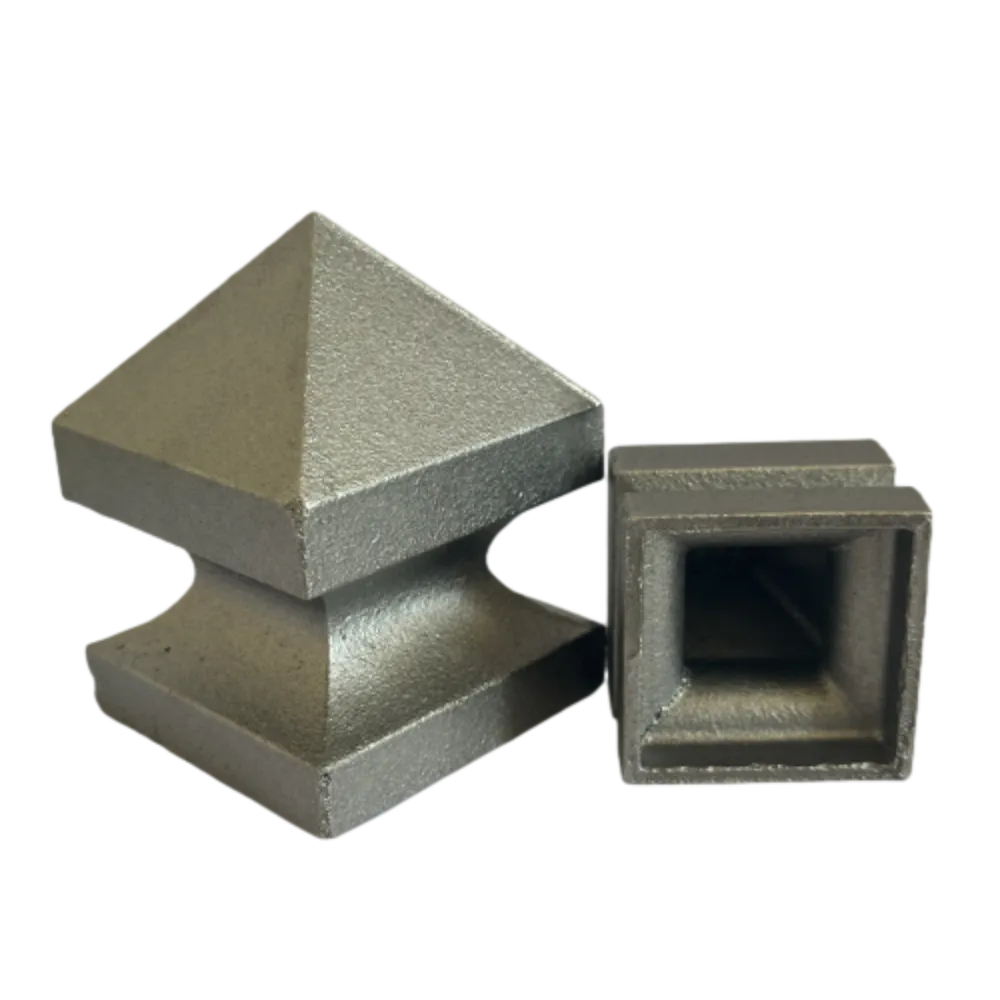Elegant Designs in Wrought Iron for Timeless Home and Garden Decor
The Elegance of Decorative Ironwork A Timeless Artistry
Decorative ironwork has long been celebrated for its intricate designs and timeless elegance. From the delicate scrolls of wrought iron gates to the robust architecture of ornamental railings and balconies, ironwork not only serves functional purposes but also adds an aesthetic charm to both residential and commercial properties. This form of artistry has deep historical roots and continues to leave an indelible mark on modern design.
Ironwork dates back thousands of years, with its applications seen in ancient civilizations like the Egyptians and Romans. Iron was prized for its strength and durability, making it an ideal medium for creating lasting structures. However, it wasn't until the Middle Ages that decorative ironwork truly flourished, particularly in Europe. Blacksmiths began to explore creative expressions in their craft, allowing for a marriage of art and functionality. This period saw the rise of ornate gates, elaborate window grilles, and detailed candle holders, all crafted with meticulous attention to detail.
One of the most striking features of decorative ironwork is its versatility. Artisans can manipulate iron into an array of forms and designs, from sophisticated floral patterns to geometric shapes, ensuring that each piece is unique. This adaptability allows ironwork to complement a variety of architectural styles, whether it be the grandeur of a Gothic cathedral or the simplicity of a modern home. Ironwork can be found in numerous applications, including stair railings, fences, furniture, and even garden art.
The process of creating decorative ironwork is an art in itself. Traditional techniques involve heating iron in a forge until it becomes malleable, allowing craftsmen to shape it using hammers, chisels, and other tools. Modern technology has also introduced methods such as welding and laser cutting, which broaden the scope of possibilities for design. Nonetheless, the hand-crafted aspect of ironwork remains cherished, as each piece carries the mark of the artisan's skill and creativity.
decorative ironwork

In recent years, there has been a resurgence in interest in decorative ironwork, particularly among homeowners seeking to enhance their properties with timeless elegance. Many individuals appreciate the rich history and craftsmanship associated with ironwork, choosing to invest in personalized pieces that reflect their unique style. Custom gates, railings, and furnishings not only enhance the aesthetic appeal of a home but also increase its value.
Moreover, decorative ironwork isn't confined solely to grand estates; it can also enhance contemporary spaces. Modern designs often incorporate minimalist principles, allowing ironwork to function as subtle accents that don't overwhelm a space. The stark contrast between iron and other materials, such as glass or wood, creates a visually appealing dynamic that is both sophisticated and inviting.
As we move into an era increasingly focused on sustainability and craftsmanship, the demand for handmade decorative ironwork is expected to grow. This trend emphasizes the importance of supporting local artisans and preserving traditional techniques. By choosing to incorporate ironwork into our living spaces, we not only celebrate the beauty of this craft but also promote responsible practices that value skill and artistry over mass production.
In conclusion, decorative ironwork is more than just functional metalwork; it is a celebration of artistry, history, and craftsmanship. Its ability to transcend time while enhancing the beauty of any space makes it a coveted choice for architects, designers, and homeowners alike. As we appreciate the luxurious allure of ironwork today, we also honor the generations of craftsmen who have dedicated their lives to this enchanting craft. Whether through ornate gates that welcome guests or delicate railings that protect our homes, decorative ironwork continues to inspire and elevate our surroundings, leaving a lasting impression on those who encounter it.
-
Wrought Iron Components: Timeless Elegance and Structural StrengthNewsJul.28,2025
-
Window Hardware Essentials: Rollers, Handles, and Locking SolutionsNewsJul.28,2025
-
Small Agricultural Processing Machines: Corn Threshers, Cassava Chippers, Grain Peelers & Chaff CuttersNewsJul.28,2025
-
Sliding Rollers: Smooth, Silent, and Built to LastNewsJul.28,2025
-
Cast Iron Stoves: Timeless Heating with Modern EfficiencyNewsJul.28,2025
-
Cast Iron Pipe and Fitting: Durable, Fire-Resistant Solutions for Plumbing and DrainageNewsJul.28,2025
-
 Wrought Iron Components: Timeless Elegance and Structural StrengthJul-28-2025Wrought Iron Components: Timeless Elegance and Structural Strength
Wrought Iron Components: Timeless Elegance and Structural StrengthJul-28-2025Wrought Iron Components: Timeless Elegance and Structural Strength -
 Window Hardware Essentials: Rollers, Handles, and Locking SolutionsJul-28-2025Window Hardware Essentials: Rollers, Handles, and Locking Solutions
Window Hardware Essentials: Rollers, Handles, and Locking SolutionsJul-28-2025Window Hardware Essentials: Rollers, Handles, and Locking Solutions -
 Small Agricultural Processing Machines: Corn Threshers, Cassava Chippers, Grain Peelers & Chaff CuttersJul-28-2025Small Agricultural Processing Machines: Corn Threshers, Cassava Chippers, Grain Peelers & Chaff Cutters
Small Agricultural Processing Machines: Corn Threshers, Cassava Chippers, Grain Peelers & Chaff CuttersJul-28-2025Small Agricultural Processing Machines: Corn Threshers, Cassava Chippers, Grain Peelers & Chaff Cutters












